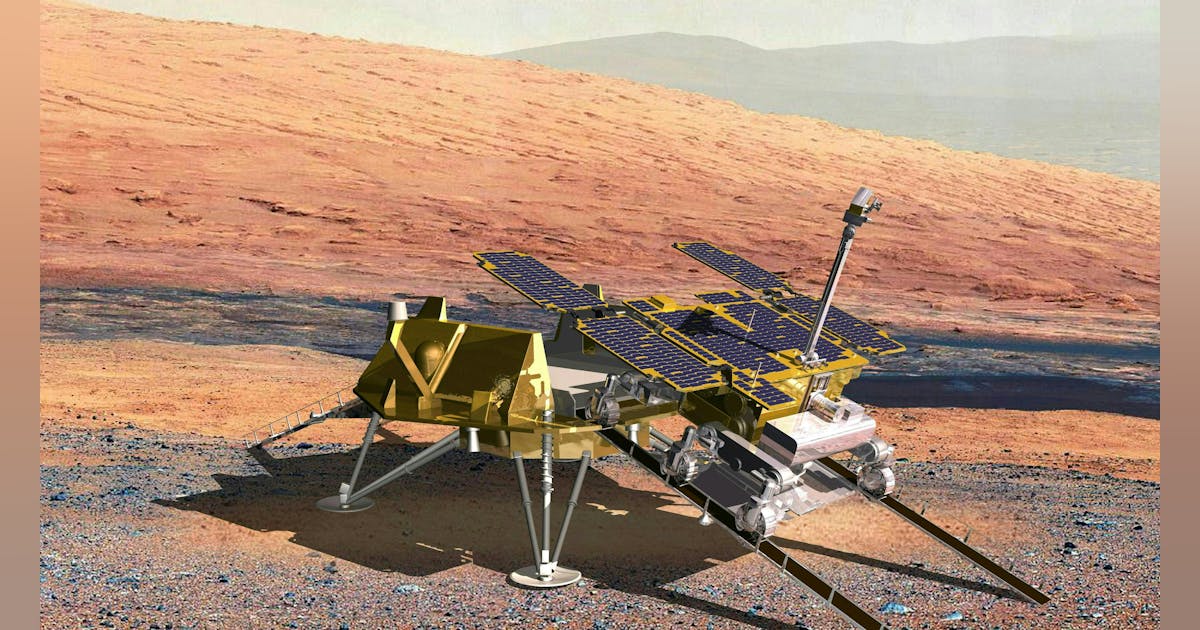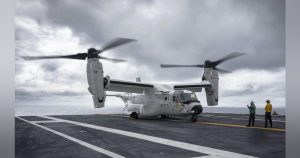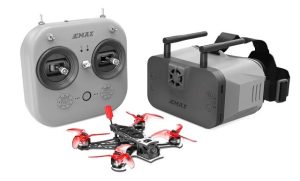Airbus Selected for ExoMars Lander Systems Development
Date: April 2, 2025
Airbus Defence and Space, based in Stevenage, U.K., has been appointed by the European Space Agency (ESA) alongside Thales Alenia Space (TAS) to create essential systems for the ExoMars lander. This lander will facilitate the delivery of the Rosalind Franklin rover to the surface of Mars, playing a crucial role in exploring whether life ever existed on the planet.
Post its entry and descent through the Martian atmosphere combined with a parachute-assisted braking phase, Airbus’ landing platform is engineered to guarantee a safe touchdown. The lander will also provide the necessary support to deploy the rover for its mission beneath the Martian surface.
Kata Escott, Managing Director of Airbus Defence and Space UK, stated, “Successfully landing the Rosalind Franklin rover on Mars embodies a monumental international effort, representing over two decades of dedication. It will be the first rover on Mars capable of analyzing samples from depths of up to two meters, greatly enhancing our understanding of our solar system.”
Under a contract with TAS, the engineers at Airbus will focus on developing the lander’s mechanical, thermal, and propulsion systems to ensure a secure landing by the year 2030. A specialized braking propulsion system will slow the descent from 45 meters per second to below 3 meters per second ahead of touchdown. Furthermore, the lander will be equipped with landing gear for stability and two ramps to facilitate the rover’s exit onto the Martian terrain.
Airbus has a proven track record in propulsion systems, having created over 120 systems for more than 90 spacecraft. The construction of the Rosalind Franklin rover was conducted in Airbus’ bio-burden cleanroom in Stevenage, with the rover being handed over to TAS in 2019. Although the launch was originally slated for 2022, it was delayed due to geopolitical tensions arising from the Russia-Ukraine conflict.
Currently, Airbus collaborates with TAS, ESA, and NASA to refine the rover in anticipation of its scheduled launch in 2028 aboard a rocket provided by NASA. Upgrades will include the integration of NASA-supplied Radioisotope Heater Units (RHUs) to maintain the rover’s operational temperature on Mars, alongside new software enabling a swift transition to autonomous operations post-landing. The landing is planned for 2030, strategically avoiding the planet’s global dust storm season.
Related Coverage
Learn more about the commercial space station venture with Starlab opening its European branch here.
For additional insights about aerospace developments, explore other articles on our website.
About the Author

Jamie Whitney has been a member of the Military & Aerospace Electronics and Intelligent Aerospace teams for seven years, bringing robust print newspaper experience to the aerospace and defense sectors. Whitney manages editorial content on various platforms and participates actively in industry events.













